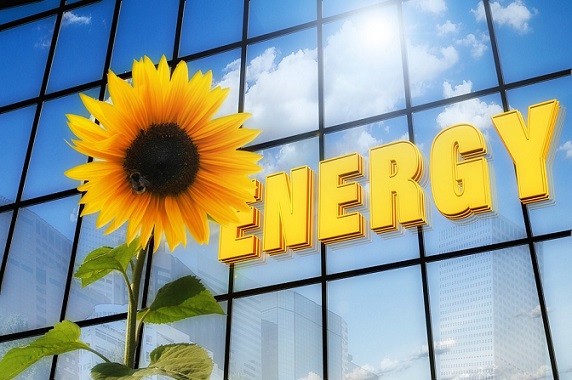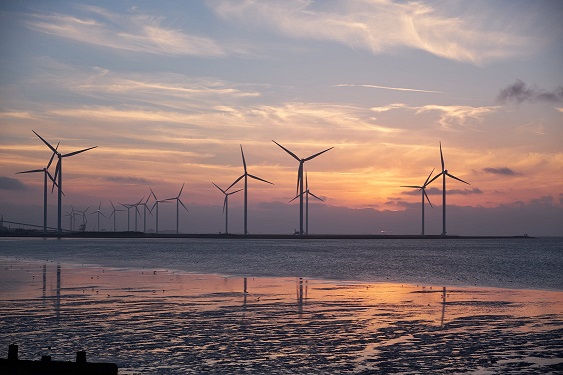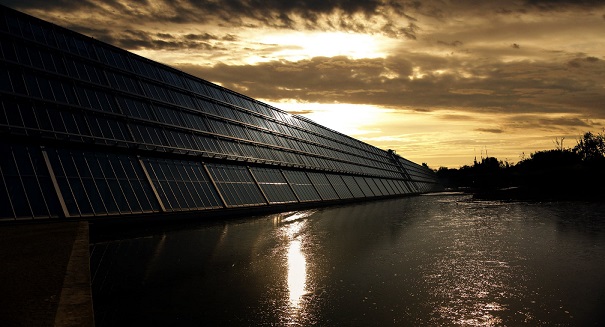Three Alternative Energy Forms that are Reliable
Global warming is real. Whether or not you believe this fact, science has proven that our planet is heating up. As populations grow and our dependence on fossil fuels increase, so too does carbon dioxide and other pollutant emissions. This is increasing the greenhouse effect, trapping in the heat that would normally escape into space.
It is time for us to explore, and implement, alternative forms of energy; and to do so seriously and on national levels. The damage we have already done may not be repairable, but we can stop it from getting worse if we just try. Private sector and government mentalities need to change for this to truly happen; and they won’t change until the people make it a priority It is important that you learn how to do you bit for renewable and alternative energy! Let’s make it a priority!
There is no one perfect form of alternative energy. What makes sense to use in one area of the country may not fit in another. There are many environmental factors to consider when implementing one of these energy methods. It will take a mixture of all available alternative and renewable energies to reduce our reliance of fossil fuels.
Here are the top 3 forms of alternative energies in existence today:
1. Solar Power

This is the big one. The source of this power comes from the sun, and the sun has enough energy stored up for the next 4 billion years. It’s not going to run out anytime soon. This is the one that has the biggest potential and the farthest range of locations to implement. By using solar panel to harness the power of the sun, entire solar farms can be, and have been, constructed.
There is plenty of desert space to make use of:
- Deserts receive the greatest amount of sunlight each year, making them perfect for solar farming. They can also be set up in fields outside of a city to help supply that location with its power needs.
A solar farm could also be placed inside a city:
- Most cities will have abandoned spaces that could potentially be cleared and converted into a small solar-absorbing center.
There is also the option of installing solar panels along the entire height of skyscrapers.
- Although these would not be able to generate tremendous loads of energy, and require skilled electricians to wire them into the towers, they could help the building with its internal needs. By doing this, we can reduce the need for fossil fuels incrementally; every little bit adds up.
2. Wind

As the Earth heats up over the course of the day, the air shifts around. This creates wind, and the power of the wind can be harnessed as well. By blowing through giant wind turbines, electricity is generated. Entire farms are dedicated to the generation of electricity through wind power. Currently, the United States generates 6% of its power needs from wind. Places where these turbines can be erected are fewer than with solar power, but it is still a source that’s use can be increased.
3. Water

Also called hydroelectric power. Dams are constructed across flowing rivers and waterfalls such as Niagara Falls to make use of that powerful movement. Turbines inside the dams turn when the rushing water pushes through them, generating electricity. Approximately 10% of electricity generated in the U.S. comes from hydroelectric means.
Scientists are working on a means of using the ocean waves to do the same. It would rely more on floating platforms, and its use would be less widespread, but the potential is the

Pingback: Tips That Can Improve the Energy Efficiency of Your Home